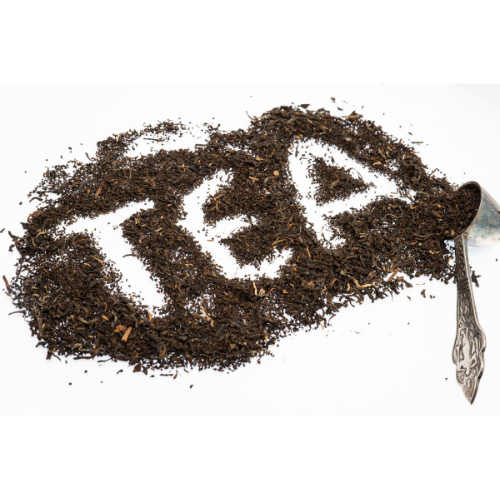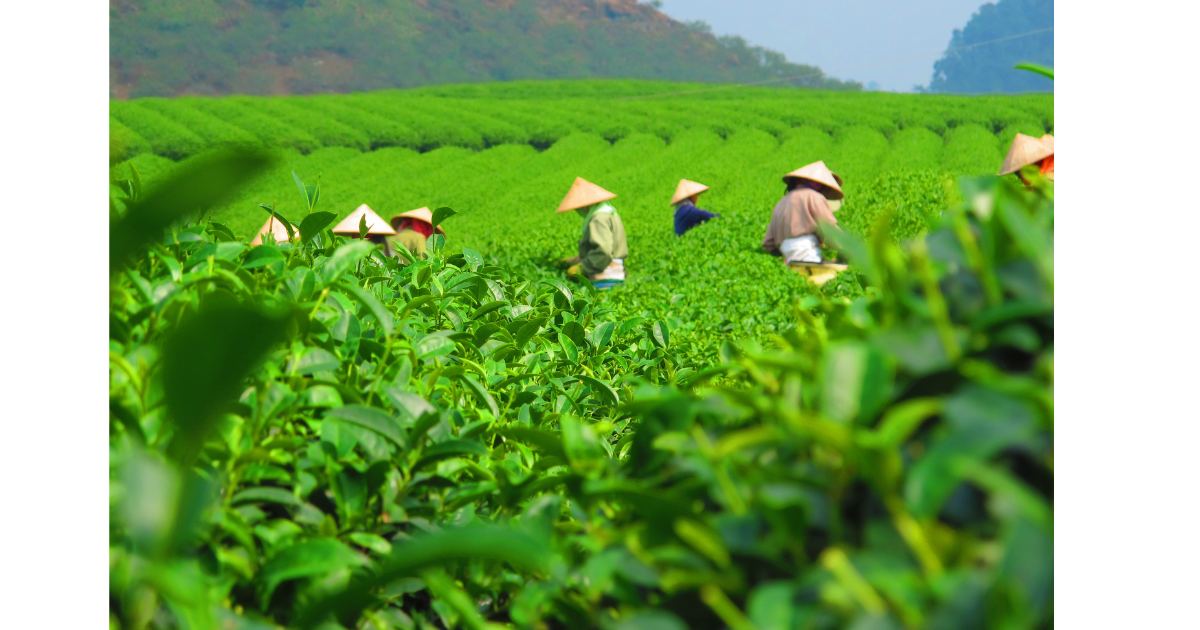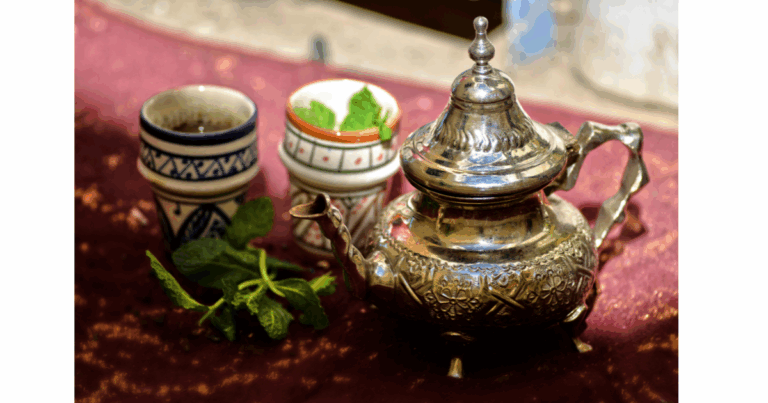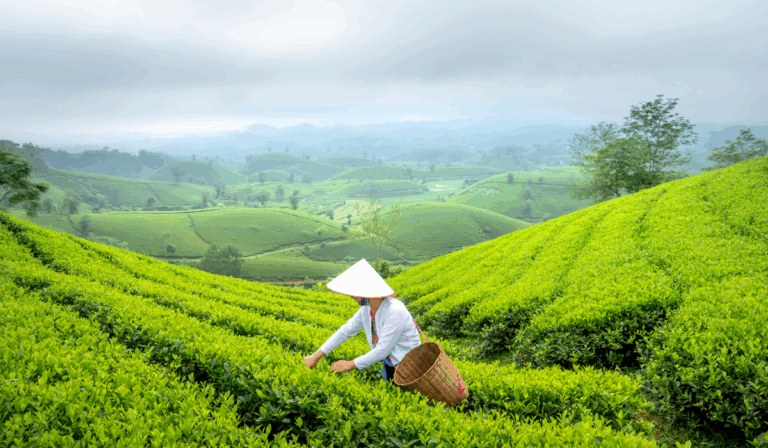Black tea is one of the most popular types of tea worldwide, known for its bold flavor, dark color, and higher caffeine content compared to green or white teas. While most of us are familiar with black tea in a teabag, few know the fascinating journey the leaves go through before reaching your cup. Whether you’re a tea hobbyist or simply curious, this guide walks you through the traditional method of processing black tea.
1. Harvesting the Tea Leaves
The journey begins in the tea garden. Black tea is typically made from the young, tender leaves of the Camellia sinensis plant. The ideal pluck consists of the top two leaves and a bud. Harvesting is done either by hand or machine, but hand-picking is preferred for higher-quality teas, as it minimizes damage and ensures only the best leaves are selected.
2. Withering
Once the leaves are picked, they are spread out on large trays or bamboo mats in a cool, airy space for withering. This process typically lasts for 12 to 18 hours, depending on the climate. The goal here is to reduce the moisture content of the leaves, making them limp and pliable. This step is crucial, as it prepares the leaves for rolling and helps concentrate their flavor.
3. Rolling
Withered leaves are then rolled to break the cell walls and release essential oils. This is where the magic begins. Rolling exposes the leaf juices to air, triggering enzymatic oxidation. Traditionally, rolling was done by hand, but mechanical rollers are now commonly used in larger operations. The leaves start to darken as oxidation begins, and their aroma becomes more pronounced.
4. Oxidation (Fermentation)
Oxidation is what gives black tea its characteristic dark color and rich flavor. During this phase, rolled tea leaves are spread out in a cool, humid environment for several hours. The duration and conditions of oxidation greatly influence the tea’s final taste—longer oxidation generally results in a stronger, more robust flavor. The leaves gradually turn from green to a coppery brown.

5. Drying (Firing)
Once the desired level of oxidation is achieved, the leaves are dried to stop the oxidation process and lock in their flavor. This is done by passing the leaves through hot air dryers or baking them in ovens. Proper drying ensures the tea is shelf-stable and prevents mold or spoilage.
6. Sorting and Grading
Finally, the dried tea leaves are sorted based on size and quality. Whole leaves, broken leaves, fannings, and dust are separated for different uses, ranging from premium loose-leaf teas to tea bags. The tea is then packed, labeled, and ready for distribution.









